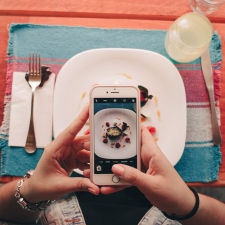Influencer fraud reportedly costs brands £1bn ($1.3bn) when paying content creators for promotional material, according to a number of experts in the space.
The exploitation of follower count is used as a basis for brands and sponsorships to gauge the value of their promotional material, rather than basing the value on engagement.
The manipulation of followers, through purchasing fake followers, affects brands and marketers for $1.3 bn, according to Professor Cavazos for the University of Baltimore, with that total set to rise to $1.5 bn for 2020.
In June 2019, it was found that contestants of the fifth series of ITV's Love Island had a large portion of their following, to be fake, with winner Amber Gill’s following being 65 per cent fake according to a study by influencer platform Takumi.
According to The Times, Gill’s social media manager was "shocked" by the claim and suggested that real accounts were "being misidentified".
Adam Williams, CEO for Takumi, said: “brands must carefully consider who they work with and how they assess their worth. The scale of someone’s social media following doesn’t necessarily equate to their real influence among consumers.”
Fake friends
By having a fake following, influencers mislead brands into presuming that engagement for their product or service will be more highly valued, causing an increased price for a brand’s access onto a content creator’s platform.
As an effort to defeat fraud followers, CEO for Influencer, Ben Jeffries told InfluencerUpdate.biz: “I believe this obsession with reach is definitely encouraging some creators to turn to influencer fraud in order to keep doing their job and that changing our focus to engagement metrics may be the best way to stamp out influencer fraud.”
In a wider study conducted by Cavazos, it concluded that 15 per cent of all influencer followers were fake.
While the ASA ruled that individuals with an audience of 30,000 or more are to be deemed as influencers, the concerns surrounding authentic followers and an engaged viewership ultimately affects the brand more so than the creator.















